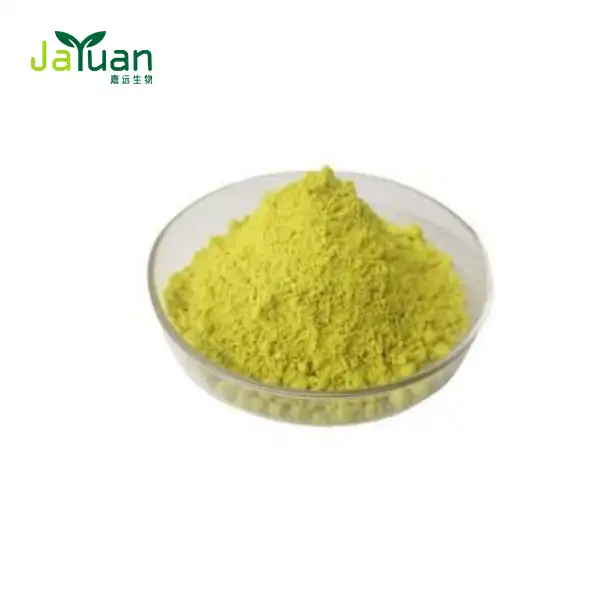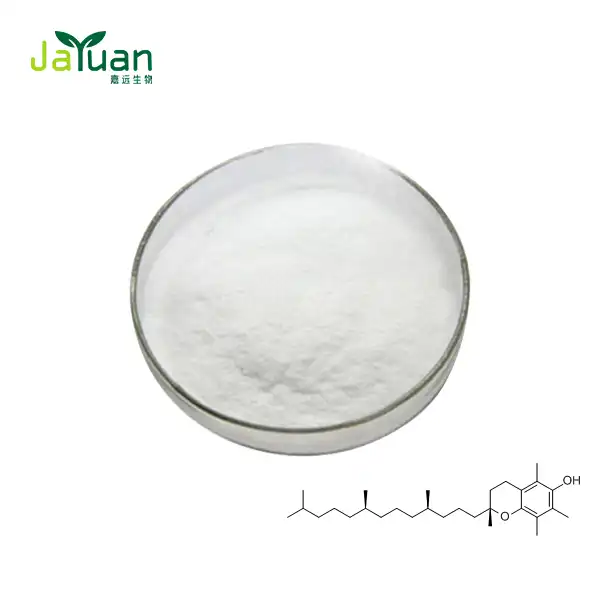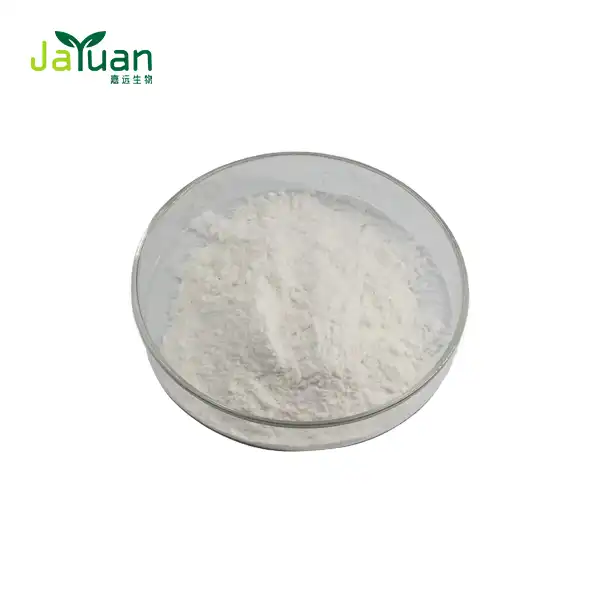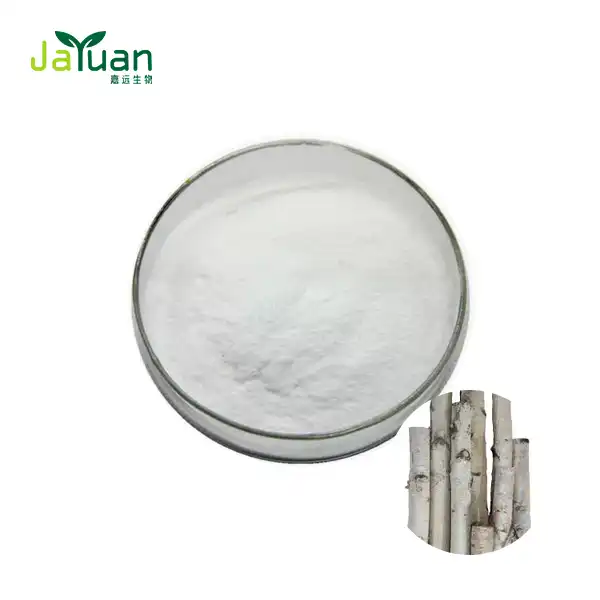Why is capsaicin used in the experiment?
Researchers and analysts have for quite some time been entranced by capsaicin, the searing compound that gives stew peppers their intensity. However, why is capsaicin used in tests? This article will explore the various purposes for the usage of capsaicin powder in legitimate assessments, uncovering understanding into its exceptional properties and potential applications. Join us as we investigate the world of capsaicin and its role in exploratory investigation, whether you're a foodie or a growing researcher.

The Unique Properties of Capsaicin Powder
Before we bounce into the preliminary purposes of capsaicin, we ought to research what makes this compound so interesting. Capsaicin powder, got from stew peppers, is areas of strength for a that helps out our bodies in enthralling ways. The following are a couple of key characteristics that make capsaicin an extremely valuable gadget in coherent assessment:
- Selective activation of pain receptors: Capsaicin specifically targets TRPV1 receptors, which are responsible for detecting and regulating body temperature and providing a sensation of scalding heat and pain.
- Non-toxic nature: Despite its intense effects, capsaicin is generally non-toxic to humans when used in appropriate doses.
- Versatility: Capsaicin can be easily incorporated into various formulations, including creams, patches, and solutions, making it adaptable for different experimental setups.
- Measurable responses: The impacts of capsaicin on the body can be evaluated, permitting specialists to assemble important information on torment discernment and neurological reactions.
These unique properties of capsaicin powder make it an ideal candidate for a wide range of scientific experiments, from pain management studies to neurological research.
Capsaicin in Pain Research: Unraveling the Mysteries of Nociception
One of the essential reasons capsaicin is utilized in tests is its capacity to actuate and regulate torment sensations. Analysts influence this property to concentrate on different parts of agony insight and the executives. This is the way capsaicin adds to torment research:
- Understanding pain mechanisms: By applying capsaicin to skin or tissues, scientists can observe how the body responds to pain stimuli, helping them unravel the complex pathways involved in nociception (the sensing of pain).
- Developing pain treatments: Capsaicin's ability to desensitize pain receptors over time has led to its use in developing topical pain relief treatments. Experiments with capsaicin help researchers refine these treatments and explore new pain management strategies.
- Studying chronic pain conditions: Capsaicin can be utilized to imitate side effects of specific constant agony conditions, permitting scientists to concentrate on these circumstances in controlled research facility settings. By applying capsaicin, which is known to activate pain receptors, scientists are able to create pain-like sensations that are comparable to those experienced by people with chronic pain conditions like fibromyalgia or neuropathic pain. This controlled activity enables professionals to identify and investigate affliction reactions, evaluate the viability of potential medications, and discover the hidden instruments of these conditions.
- Investigating pain thresholds: Via cautiously controlling the portion of capsaicin powder, researchers can gauge individual torment edges and study factors that impact torment awareness. Specialists can regulate shifting dosages of capsaicin to members and see what various levels mean for their aggravation discernment. This approach permits them to distinguish how factors like hereditary contrasts, age, or basic medical issue influence torment responsiveness. Understanding these connections can give experiences into torment the board and assist with creating designated therapies for constant agony conditions.
These applications in pain research have made capsaicin an indispensable tool for scientists seeking to improve our understanding of pain and develop more effective treatments for various painful conditions.
Beyond Pain: Capsaicin's Role in Diverse Scientific Experiments
While pain research is a significant area where capsaicin shines, its use in scientific experiments extends far beyond this field. Let's explore some other fascinating applications of capsaicin powder in various areas of research:
- Neurological studies: Capsaicin's interaction with TRPV1 receptors makes it valuable for studying nerve function and neurological disorders. Researchers use it to investigate conditions like neuropathy and to explore potential treatments for neurological ailments.
- Cardiovascular research: Surprisingly, capsaicin has shown potential benefits for heart health. Scientists use it in experiments to study its effects on blood pressure, cholesterol levels, and overall cardiovascular function.
- Weight management studies: Some research suggests that capsaicin may boost metabolism and aid in weight loss. Experiments using capsaicin powder help scientists understand its potential role in obesity management and metabolic health.
- Cancer research: Preliminary studies have shown that capsaicin may have anti-cancer properties. Researchers use it in experiments to investigate its potential in cancer prevention and treatment.
- Gastrointestinal studies: Capsaicin's effects on the digestive system make it useful in experiments related to gut health, digestion, and gastrointestinal disorders.
- Respiratory research: The compound's ability to stimulate mucus production and affect respiratory function makes it valuable in studies related to respiratory health and conditions like asthma.
These diverse applications demonstrate the versatility of pure capsaicin as a research tool, contributing to advancements in multiple fields of scientific inquiry.

Conclusion
In conclusion, capsaicin's extraordinary properties and colossal impacts on the human body make it an important compound in logical tests. From unwinding the secrets of agony discernment to investigating possible therapies for different medical issue, capsaicin keeps on assuming a significant part in propelling comprehension we might interpret human physiology and creating imaginative clinical therapies. As exploration advances, we can hope to see much additional thrilling utilizations of this entrancing compound in the realm of science and medication.
Contact us at sales@jayuanbio.com if you want to learn more about plant extracts like capsaicin and how they can be used, or if you need high-quality pure capsaicin powder for your research or business needs. Our group of specialists is dependably prepared to help you with your requests and give first rate items to help your logical undertakings.
References
- Basbaum, A. I., Bautista, D. M., Scherrer, G., & Julius, D. (2009). Cellular and molecular mechanisms of pain. Cell, 139(2), 267-284.
- Fattori, V., Hohmann, M. S., Rossaneis, A. C., Pinho-Ribeiro, F. A., & Verri, W. A. (2016). Capsaicin: Current understanding of its mechanisms and therapy of pain and other pre-clinical and clinical uses. Molecules, 21(7), 844.
- Sharma, S. K., Vij, A. S., & Sharma, M. (2013). Mechanisms and clinical uses of capsaicin. European Journal of Pharmacology, 720(1-3), 55-62.
- O'Neill, J., Brock, C., Olesen, A. E., Andresen, T., Nilsson, M., & Dickenson, A. H. (2012). Unravelling the mystery of capsaicin: a tool to understand and treat pain. Pharmacological Reviews, 64(4), 939-971.
- Srinivasan, K. (2016). Biological activities of red pepper (Capsicum annuum) and its pungent principle capsaicin: a review. Critical Reviews in Food Science and Nutrition, 56(9), 1488-1500.








